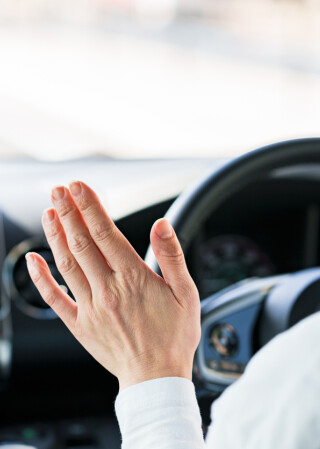There is no doubt that driverless and partially automated vehicles are the future of transport. It is said that driverless vehicles could reduce congestion on our roads, reduce the need for car parking spaces and supposedly reduce the number of accidents. But an obvious question arises - who would be at fault in an accident involving a self-driving vehicle or a partially automated vehicle. Is it the owner of the vehicle, the vehicle’s manufacturer or someone else?
Trials are currently underway for driverless vehicles to be used in Australia. In relation to partially automated vehicles, these are already in use in Australia and worldwide.
At the moment, it is not clear whether the compulsory third party insurance schemes apply to driverless vehicles. One of the fundamental requirements of the scheme is that a person is “operating” the vehicle in question.
You may have heard about a recent accident involving a woman who was driving her Tesla in “autopilot” mode in Melbourne. The autopilot mode is designed to enable the vehicle to steer, accelerate and brake automatically. The Tesla collided with a nurse who was boarding a tram, causing the nurse to suffer life-threatening injuries. The driver was charged with multiple charges including dangerous driving causing injury. It is noted that the operator of a partially automated vehicle is required to “monitor” and “intervene”, when required. Therefore, arguably, the driver may be considered at fault if the accident was caused by his or her failure to intervene to prevent an accident.
In relation to driverless vehicles, the law is still a long way away from protecting and compensating anyone injured in an accident. There may be a possibility of a claim against the manufacturer of the vehicle; if it can be proven that there was a defect in the functioning of the vehicle. We will more than likely see discussion about a new motor accident compensation scheme, or amendments to the current scheme, to deal with driverless vehicles. Who knows! We’ll have to sit back and watch this space!
The contents of this publication are for reference purposes only. This publication does not constitute legal advice and should not be relied upon as legal advice. Specific legal advice should always be sought separately before taking any action based on this publication.


